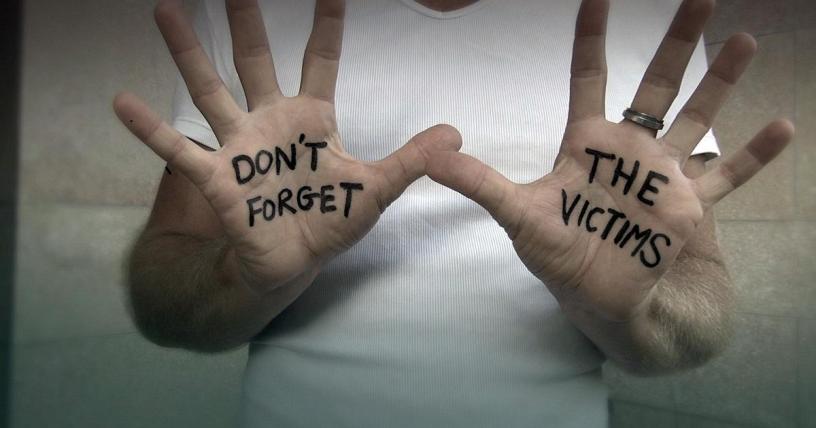For Milestone Three, you will use your research on the individual’s traits and triggers to create a profile. Include physical features, triggers, personality traits, historical information, and any other features that you believe to be important for the purpose of public awareness. Describe potential risks involved in releasing the profile to the public, including the types of information you would release and what information you would withhold. Explain why you would release or withhold this information.
Specifically, the following critical elements must be addressed:
Profile and Intervention Strategies
Using the traits and triggers identified for the individual, create a detailed and accurate profile including physical features, triggers, personality traits, and historical information for the purpose of public awareness.
Discuss potential risks when releasing the profile to the public. What information would you release, and what information would you not release? Justify your claims.

